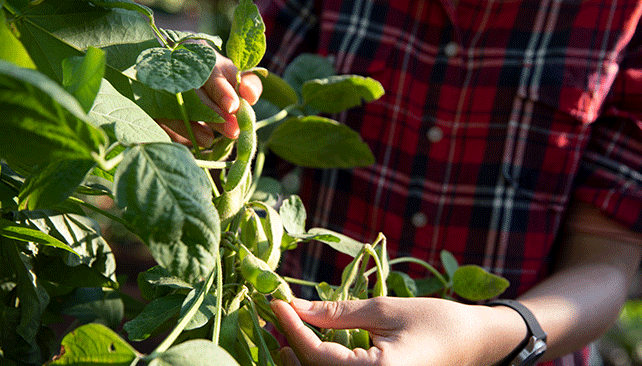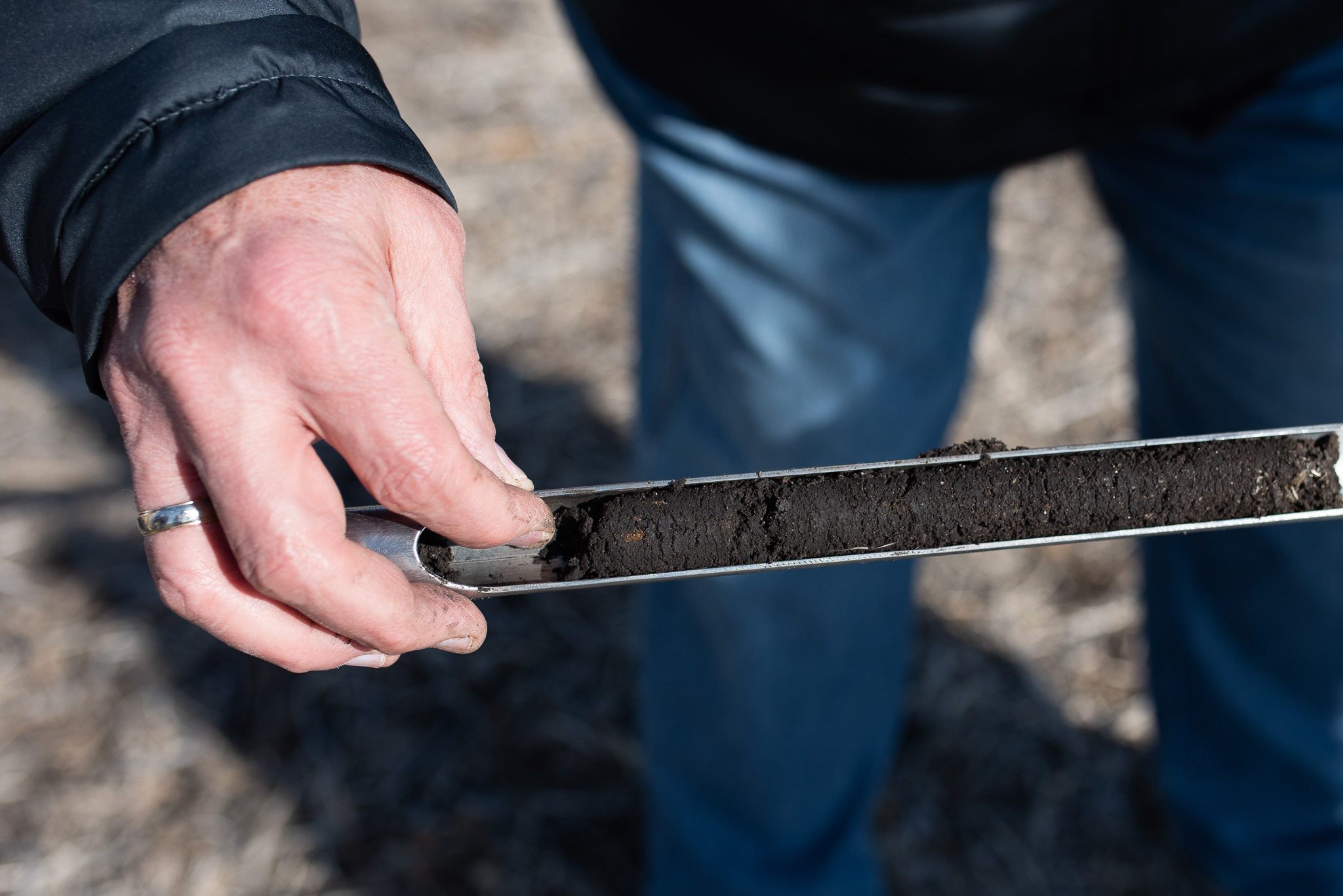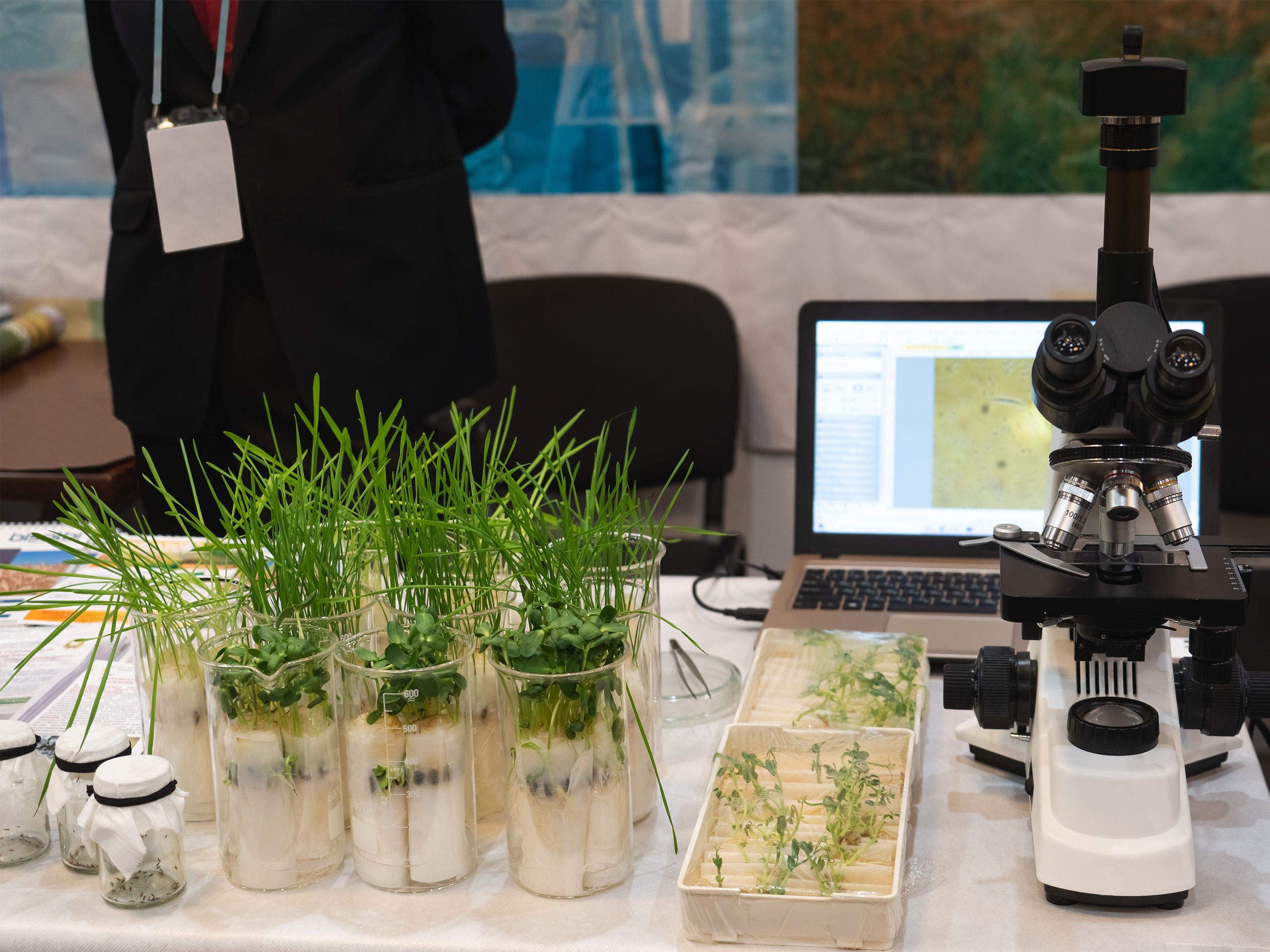
28 FEBRUARY 2018
Waukesha, WI
Research and analysis of soybean variety trials conducted by Iowa State University (ISU) shows conclusively that soybean cyst nematode (SCN) is adapting and reproducing on the PI 88788 resistance source – used in more than 95 percent of resistant soybean varieties – and yields are decreasing. Reversing this trend requires a comprehensive SCN management plan, a goal of the SCN Coalition.
Led by Greg Tylka, Ph.D., ISU nematologist, researchers analyzed data from 25,000 four-row plots to track changes in SCN population densities and virulence, and how those changes affect yield. The data comes from more than 25 years of variety trial experiments conducted in Iowa farmers’ fields. ISU annually evaluates numerous soybean varieties that contain resistance to SCN for both yield and nematode control.
How scientists analyzed changes
“Every year, we took soil samples and measured SCN population densities at the beginning and end of each growing season,” Tylka says. “That allowed us to calculate a reproductive factor (RF), which is the final SCN egg population density divided by the initial egg population density. We also measured virulence in the spring samples.”
Virulence assesses the nematode’s ability to reproduce on a resistance source. It was measured via the race test prior to 2002 and a newer methodology called the HG type test between 2002 and 2015.
Scientists agree that a resistant variety should not allow more than 10 percent SCN reproduction compared to a susceptible variety. And prior to 2001, nearly all SCN-resistant soybean varieties in the trials held reproduction below 10 percent.
Beginning in 2001, “We started to pick up populations in farmers’ fields that had higher and higher reproduction on PI 88788 resistance,” Tylka adds. “As we went through the decade of the 2000s to 2017, we saw the nematode build up the ability to reproduce on resistant soybeans. And the yields in our experiments followed a linear decrease – as much as 14 bushels per acre in fields that had the highest SCN reproduction.”
Natural selection in action
Tylka explains that the PI 88788 source of resistance, as well as the other sources of resistance, works well initially because the nematodes in the natural population in the field don’t have the genes that allow them to feed on the resistant varieties.
“But it’s not absolute. In other words, in any given field, there are a few nematode worms that could feed on any of the types of resistance. But what’s happened with prolonged use of PI 88788 is that the extreme minority of nematodes has been given a selective advantage through food and reproduction. So what might have been one in a million nematodes starting out with the ability to feed on PI 88788 resistance, over 20 years of use, becomes one in two or one in three feeding on PI 88788 varieties,” he says.
Surveys in other states show a similar trend
Multiple surveys across the soybean-producing areas of the U.S. Midwest and Canada – including Kentucky, Illinois, Indiana, Michigan, Minnesota, Missouri, Ohio, Ontario, South Dakota, Tennessee and Wisconsin – show something similar happening with SCN populations and PI 88788. These surveys, published since 2000, prove increased SCN virulence on soybean varieties with the PI 88788 source of resistance.
Unfortunately, soybean farmers are almost completely reliant on the PI 88788 resistance source.
According to Tylka, “In Iowa, 97 percent of the SCN-resistant soybean varieties available contain PI 88788. Most of the remaining 3 percent contain SCN resistance from a breeding line called Peking.
“Historically, varieties with the Peking source of SCN resistance haven’t yielded quite as well as varieties with the PI 88788 source of resistance. But that’s only true in fields with the nematode well controlled by PI 88788,” he adds. “We’re in a different world these days.
“Our data shows that varieties with Peking resistance outyield varieties with PI 88788 resistance, not because of the plant’s genetics, but because of the nematodes present in the field. The nematode is feeding and reproducing more on PI 88788, which gives those Peking-resistant varieties an advantage in terms of growth and yield.”
What farmers need now
Tylka would like to see more resistant varieties with different sources of resistance available to farmers. But he acknowledges there’s no extra potential income for companies to invest to bring other sources of resistance to market.
“We’re almost a victim of our own success. Resistance worked great for two decades, and there was no extra cost for seed of resistant varieties. And now it doesn’t work very well, but there still is no extra cost for the seed. It’s built into the standard price of a bag of seed.”
His recommendation: integrated pest management, using as many options that make sense.
“That includes growing multiple varieties of PI 88788-resistant soybeans, planting non-host crops like corn or wheat, using seed treatments and trying to find varieties with the Peking source of resistance.”
Those SCN management recommendations mirror those of the SCN Coalition, a public/checkoff/private partnership that Tylka helped launch in response to the growing SCN resistance problem.
“We have to turn up the volume on the fact that SCN management is becoming more complicated than planting a resistant variety,” he says. “That’s why we want farmers to test their fields so they know their numbers.”
Visit www.TheSCNcoalition.com for:
- State-specific SCN management recommendations from your university SCN experts.
- Contact information for public and private SCN testing labs.
- Links to new SCN management tools and technologies available from SCN Coalition partners.
Contacts:
Laurie Redman-Steen
608-334-3803
lsteen@morganmyers.com
George Bird
517-353-3890
birdg@msu.edu



